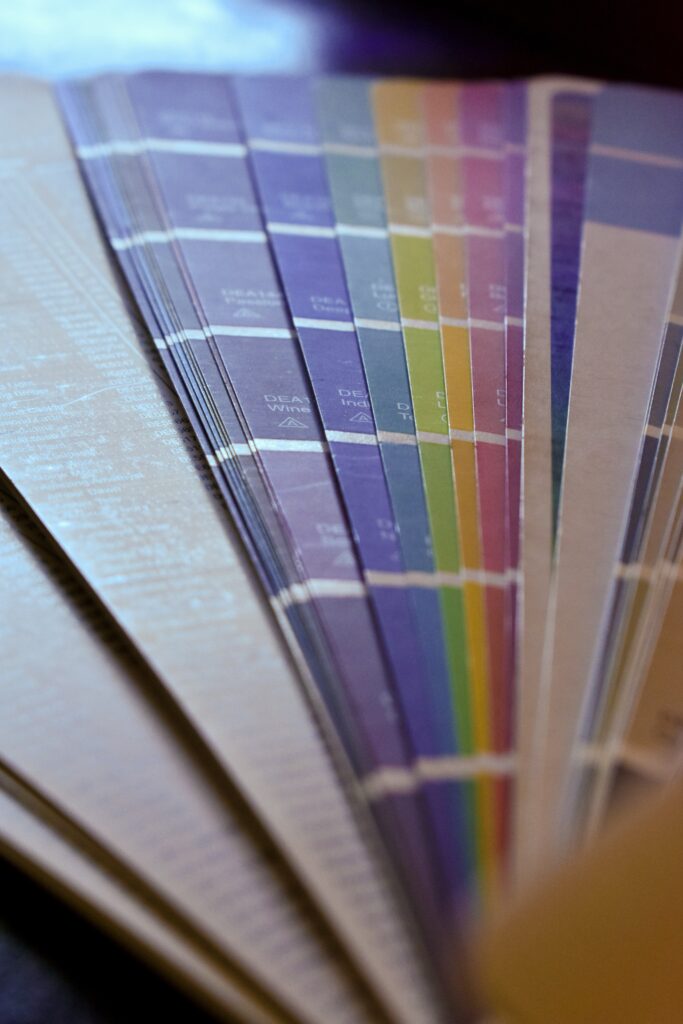Intro
Painting walls and ceilings can seem daunting, but with the proper preparation and knowledge, it can be a simple process. Knowing how many coats you need to apply, selecting the right paint type, using a paint calculator to estimate costs, gathering supplies and equipment, prepping the surface for painting, priming and undercoating if necessary, applying the finish coat(s), and cleaning up afterwards are all essential steps when it comes to giving your home a fresh look with some new coats of paint.
Preparation Tips
The number of coats required for walls and ceilings will depend on the existing surface and the type of paint you’re using. If you’re working with a previously painted surface, one coat may be enough. However, two or three coats may be necessary if you’re painting onto a new plaster or wallpaper surface. When selecting your paint type, consider factors such as sheen level (e.g. flat finish vs semi-gloss), durability (e.g. washable vs scrubbable finishes), colour retention (e.g. lightfastness rating) and VOC levels (volatile organic compounds).
A paint calculator is a great way to get an idea of how much material you’ll need for a particular job. Most websites have calculators that will provide an estimated amount of paints/primers/undercoats needed based on inputted measurements such as room size (length x width x height). This can be especially helpful when budgeting for materials before starting the job.
Painting Process
Once everything’s been prepared according to your plan, it’s time to start painting! Gather all your supplies, including brushes/rollers/sprayers, cleaning items such as cloths/sponges/scrapers, drop sheets or tarps for protecting floors/furniture from splatters, ladders if needed (depending on ceiling height) etc., before starting. Prepping the surface involves sanding smooth any rough spots or bumps in the existing layer(s) of paint and filling any gaps or cracks with putty or spackle. Priming is not always necessary but is recommended if there are any stains or working with bare wood surfaces – this adds an extra layer of protection against water damage. For certain paints, such as gloss enamels or exterior paints, it’s recommended that an additional undercoat is applied before adding the main finish coat(s).
Once all these steps have been completed, apply your final finish coat(s). Some people prefer to use brushes, while others prefer rollers – whichever method you choose, make sure you use light, even strokes and keep overlapping each stroke slightly, so there aren’t any visible brush marks when finished. Avoid overloading your brush/roller too much otherwise, drips will appear after drying, which require extra sanding down before continuing with another layer of paint. It’s also important not to forget about corners which need attention too – use either small angled brushes explicitly designed for this purpose or cut in around these areas using whichever tool feels comfortable for you. After everything has adequately dried it’s time to do some cleaning up! Make sure all tools are thoroughly washed out in warm soapy water before storing them away until next time – no one wants rusty tools the next time they decide to take on a painting project!
Conclusion
Painting walls and ceilings can seem quite intimidating at times but with proper preparation & knowledge, they don’t have to be! Estimating costs beforehand by utilising online paint calculators is useful when budgeting materials before commencing work & gathering all necessary supplies beforehand ensures that nothing gets forgotten along the way & minimises trips back & forth from the store, unnecessarily wasting precious time & energy! With plenty of practice, anyone can become an expert painter in no time, so why not give it a go today? Good luck!

